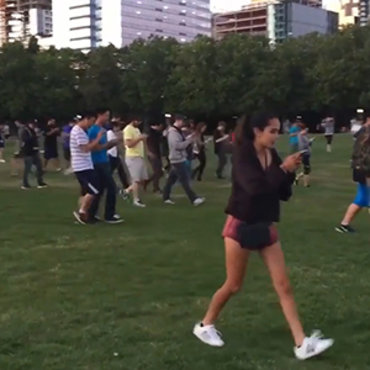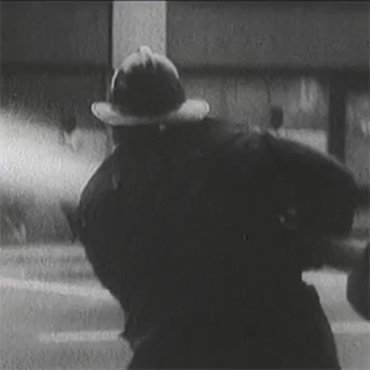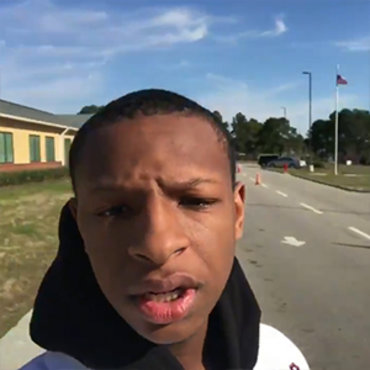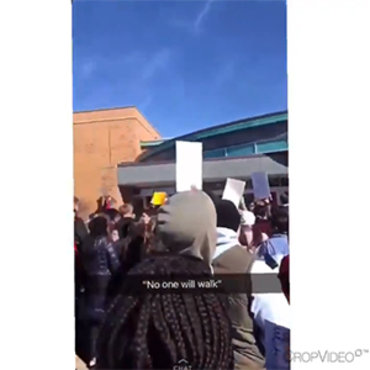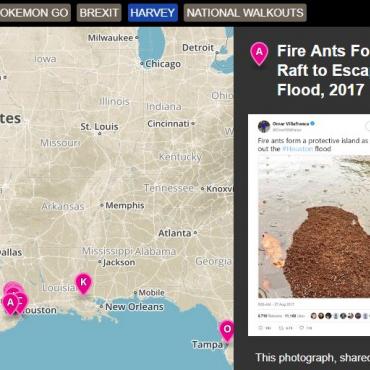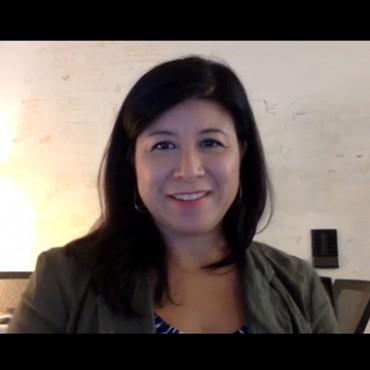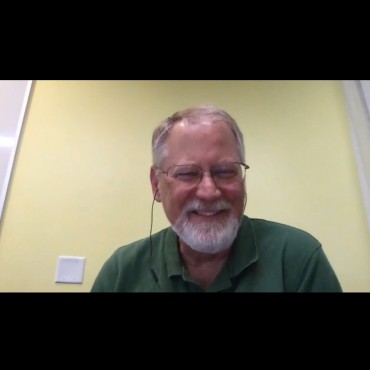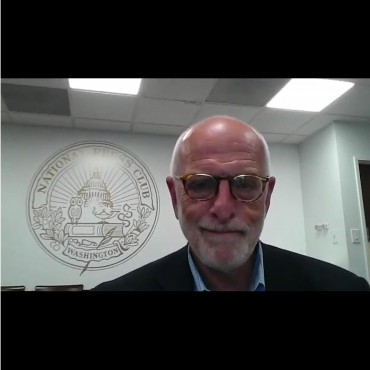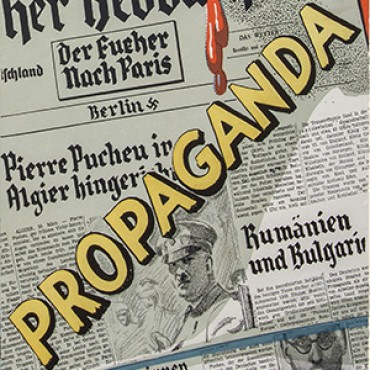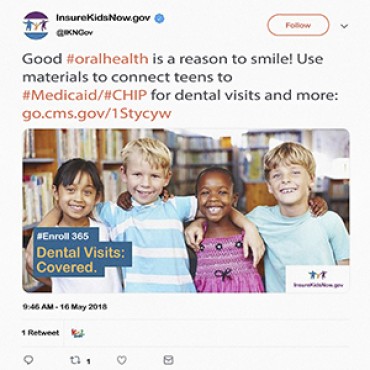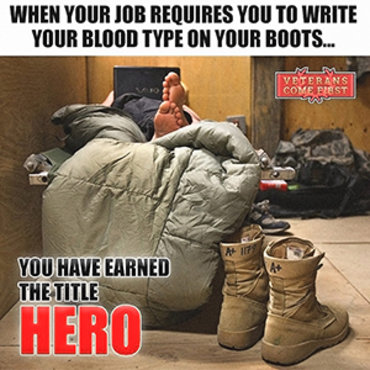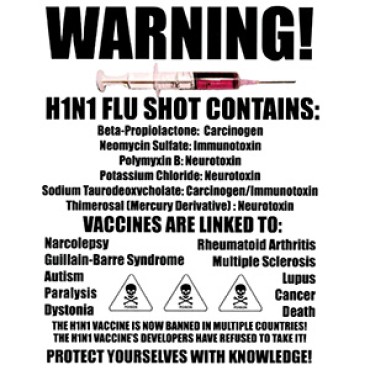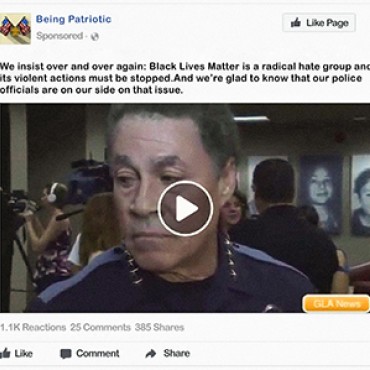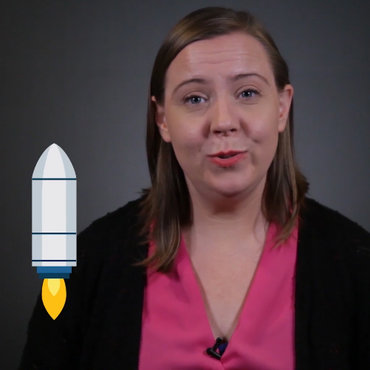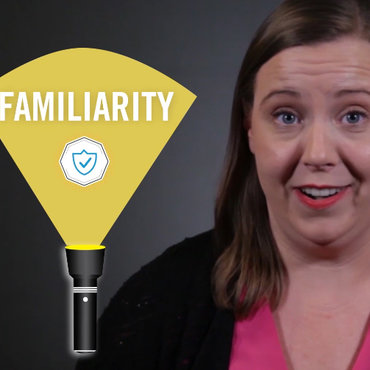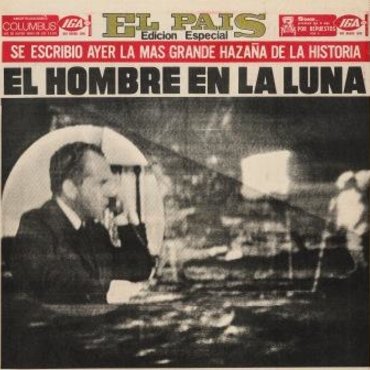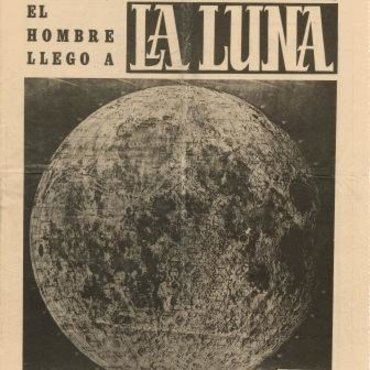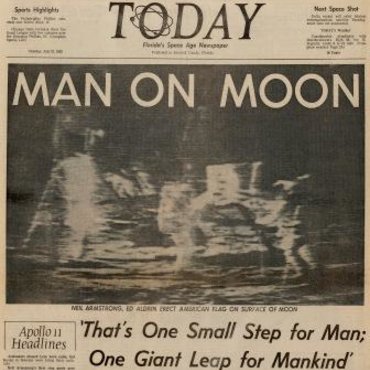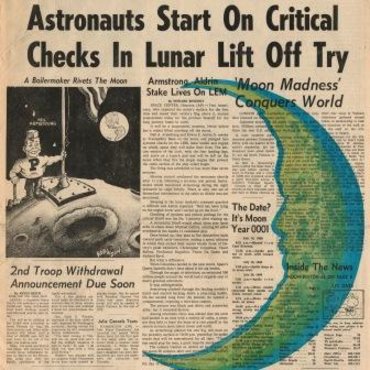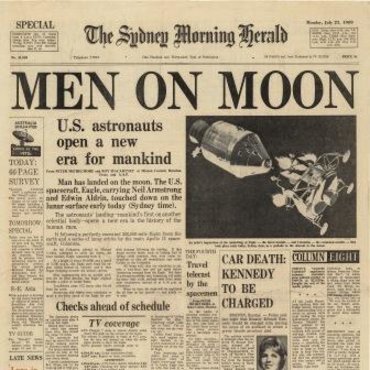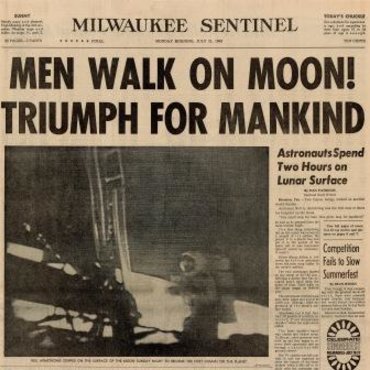
Explore the Information Universe
A map of the “information universe” helps students learn to define and identify different types of content, from fact-based reports to advertising or satire.
Get even more great free content!
This content contains copyrighted material that requires a free NewseumED account.
Registration is fast, easy, and comes with 100% free access to our vast collection of videos, artifacts, interactive content, and more.
NewseumED is provided as a free educational resource and contains copyrighted material. Registration is required for full access. Signing up is simple and free.
With a free NewseumED account, you can:
- Watch timely and informative videos
- Access expertly crafted lesson plans
- Download an array of classroom resources
- and much more!
- Current Events
- Journalism
- 7-12
Are your students savvy searchers? Can they spot the difference between a straight news article and an opinion piece? Do they recognize bias in their sources … or in themselves?
You are in one of Fact Finder: Your Foolproof Guide to Media Literacy’s 11 flexible, multimedia lesson plans to tackle these challenges. Eight skill-building lesson plans introduce essential media literacy concepts through engaging explainer videos and colorful infographics that help students revisit, retain and apply the key concepts. The accompanying News or Noise? media map provides a collection of examples ready for students to analyze and evaluate with the support of worksheets and discussion prompts. Three reporting lesson plans help students take what they’ve learned and apply it to their own content creation, inspired by the issues that matter to them.
Adapting Fact Finder for Your Classroom
FROM KEY IDEAS TO COMPLETE CURRICULUM
Polish one particular skill or take your students on a comprehensive journey from news novices to media masters. We designed this suite of 11 lesson plans and their corresponding resources to be used either as a complete curriculum or individually. There’s also flexibility within each lesson plan to complete the whole thing or choose individual resources and smaller activities.
Building New Skills and Ideas
Each lesson plan’s format is inspired by the 5-E’s constructivist instructional model (engage, explore, explain, elaborate, evaluate). For students new to media literacy or news consumption, the opening “engage” activity along with the explainer video and infographic may be enough to build their awareness of key concepts. More advanced students can put these concepts into action as they navigate the News or Noise? map with the help of worksheets to guide their application. Those who have already developed their media savvy can still be challenged to elaborate by applying the infographic tips and methods to the boundless content available online.
A Cross-Disciplinary, Standards-Driven Toolbox
No matter what subject you teach, bringing elements of media literacy and journalism into your curriculum can benefit your students and help you meet standards, including Common Core requirements for analyzing sources, creating content and using non-print texts. Media literacy empowers students to conduct better research and make better arguments, whether the topic is the Civil War or the biological impact of GMOs.
The challenges today’s media landscape poses for our students — and for all of us — can be daunting. But we hope this collection of content provides an approachable way to help your students hone their ability to find quality content and begin creating their own to share with the world.
— The NewseumED Team
- Ask students what types of information they go looking for online and how they can tell the difference between different types of content. For example, how do they know if something is a news story or an ad? What do they look for?
- Give students a chance to test their ability to differentiate the types of content. Distribute copies of the Sample Search Results: World’s Greatest Sluggers worksheet. Ask students: Can they identify which search result will lead them to a news story? Which will lead them to a page that’s selling something? Which result would they likely click on first, and why?
- To help break down the different types of content that pop up in every internet search for information, watch the explainer video and review the corresponding Explore the Information Universe poster. Make sure students understand how being able to recognize different types of content will enable them to find the right content for the task at hand, whether that’s researching a paper or shopping for new shoes.
- Look back at the sample search results and have students label them with the content types from the poster. Go over their answers, referring back to the graphic to ensure understanding of each content type.
- Now it’s time to test their content categorizing skills on real-world examples. Have students search through the examples on the News or Noise? media map and complete the accompanying worksheet either individually or in small groups.
- Have students share and discuss their answers; then use the Discussion Questions below to continue the conversation.
- Sample Search Results and Explore the Information Universe worksheets (in lesson plan download), one per student or small group
- Internet access to view “Explore the Information Universe” video (above)
- Explore the Information Universe poster (download), one per student or small group
- Access to the News or Noise? media map (below) or printed sets of the selected examples
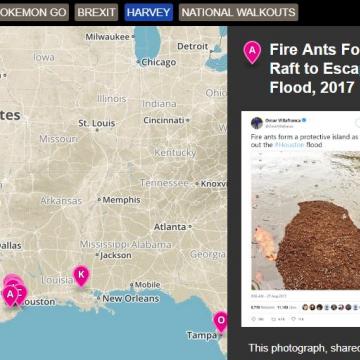
News or Noise? Media Map
News or Noise? Media Map
- Which type of content was hardest to identify? Easiest? Why?
- How would your answer change if you were looking for information on a social media platform such as Snapchat or Instagram? On TV or the radio?
- Can a piece of content ever serve multiple purposes? For example, can something be informative and entertaining? Entertaining and selling something? Why is it still important to identify the multiple purposes?
- Can you think of any other clues to add to the “look for” bullet points for each in
Native Advertising
Ask students if they’ve ever seen the terms “native advertising,” “advertorial” or “sponsored content.” Explain that these are labels for ads that look like other kinds of content, especially news. Tell students that the First Amendment protects publishing all kinds of materials, but the FTC (Federal Trade Commission) put deceptive advertising rules in place that require advertising content to be clearly labeled. Have student gather and analyze a collection of examples of these “undercover ads.” After close study, they can write a reflection that answers two questions: 1) How can individuals recognize ads that are intended to blend in with other content? 2) What rules would they put in place to govern how this content is labeled and/or displayed?
-
Common Core State Standards: CCSS.ELA-LITERACY.CCRA.R.7
Integrate and evaluate content presented in diverse media and formats, including visually and quantitatively, as well as in words.
-
ISTE: 2. Digital Citizen
Students engage in positive, safe, legal and ethical behavior when using technology. -
ISTE: 3a. Knowledge Constructor
Students plan and employ effective research strategies to locate information and other resources. -
ISTE: 3b. Knowledge Constructor
Students evaluate the accuracy, perspective, credibility and relevance of information, media, data or other resources. -
ISTE: 3c. Knowledge Constructor
Students create collections of artifacts that demonstrate meaningful connections or conclusions. -
ISTE: 3d. Knowledge Constructor
Students build knowledge by actively exploring real-world issues and problems.
-
National Council of Teachers of English: NCTE.12
Students use spoken, written, and visual language to accomplish their own purposes (e.g., for learning, enjoyment, persuasion, and the exchange of information).
-
NCSS Curriculum Standards: NCSS 8
An understanding or science and technology in their social contexts allows learners to questions and analyze the impact of science and technology on society.
